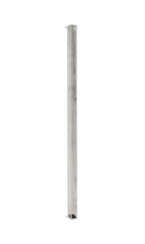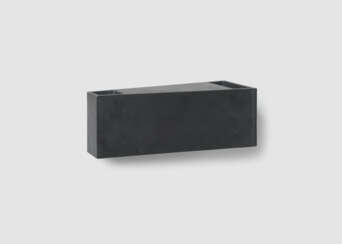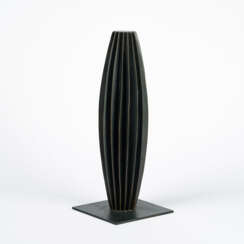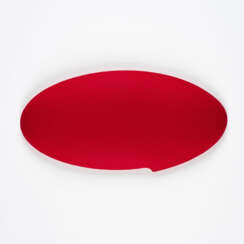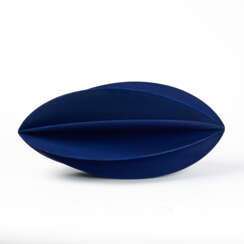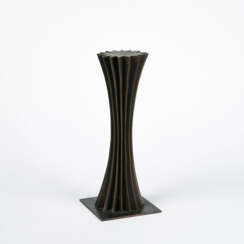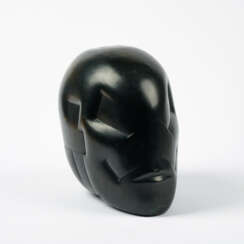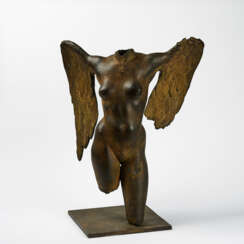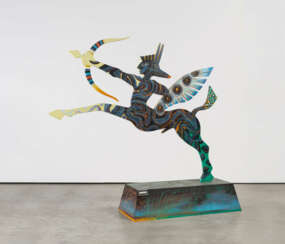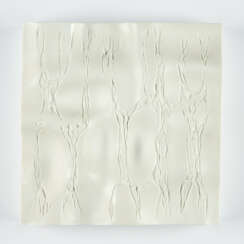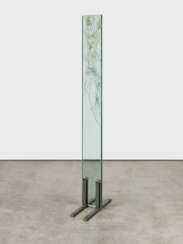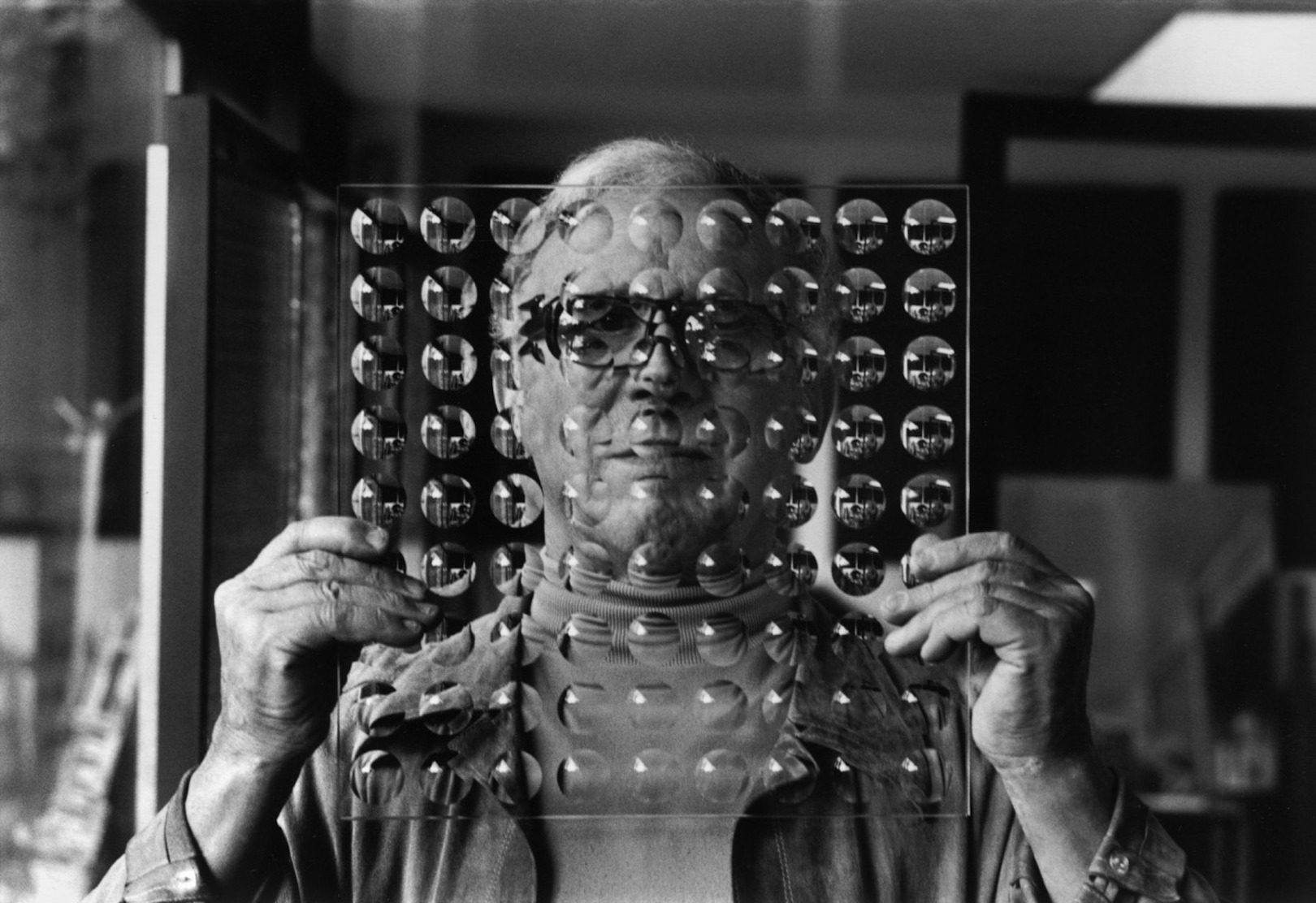
Post War Objects — A1248: German Post War
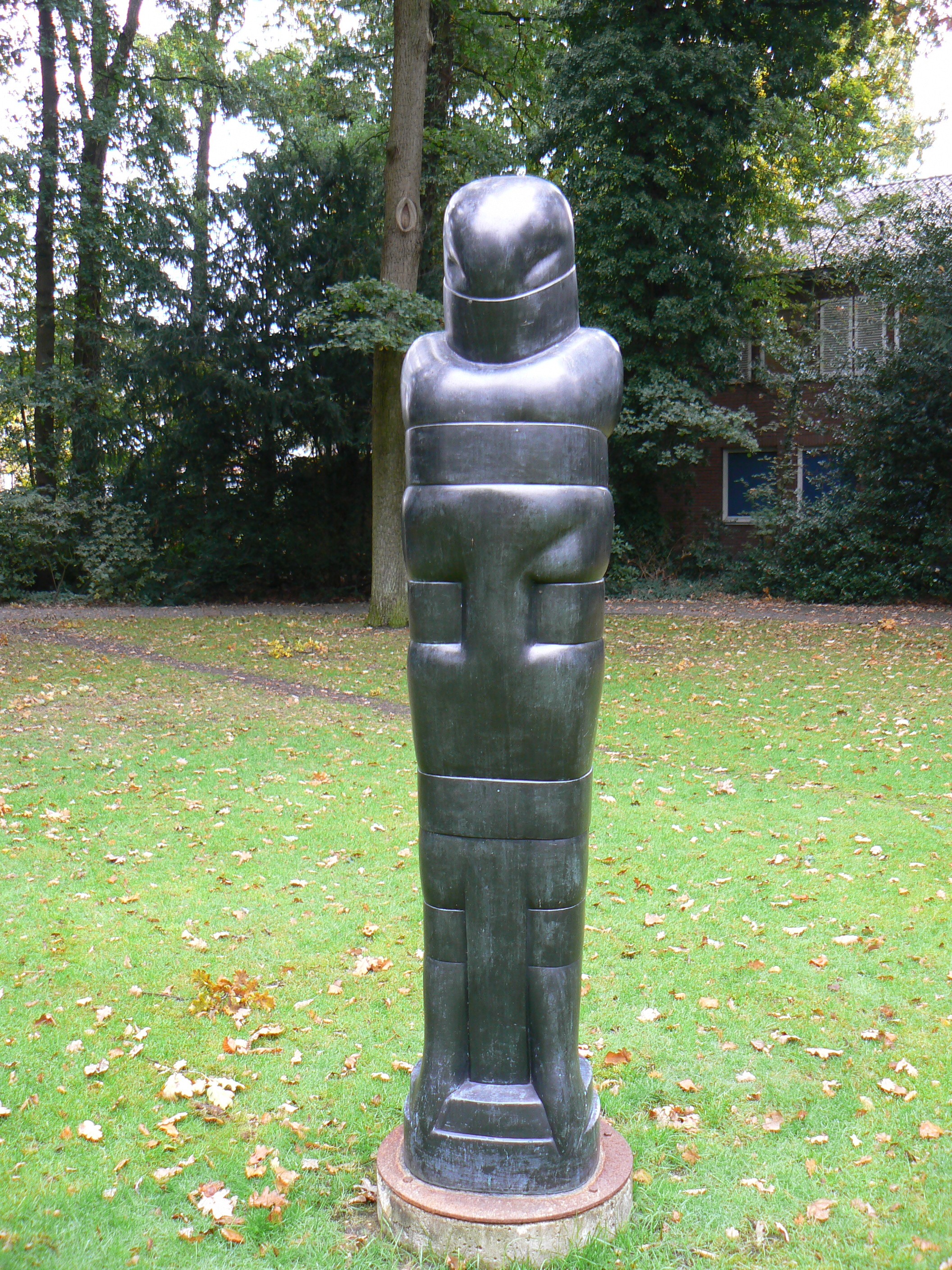
Hede Bühl is a German artist. She is known for her abstract paintings, which often feature bold colors and expressive brushstrokes. Bühl studied at the Kunstakademie Düsseldorf under Joseph Beuys and worked as a freelance artist from the 1970s onwards.
Her work has been exhibited in numerous galleries and museums across Germany, including the Museum Ludwig in Cologne and the Kunstmuseum Düsseldorf. Bühl's art has been described as energetic and intuitive, with an emphasis on the emotional and physical experience of painting. Her work has also been noted for its connection to the natural world, as she often incorporates elements of landscape and organic forms into her compositions.
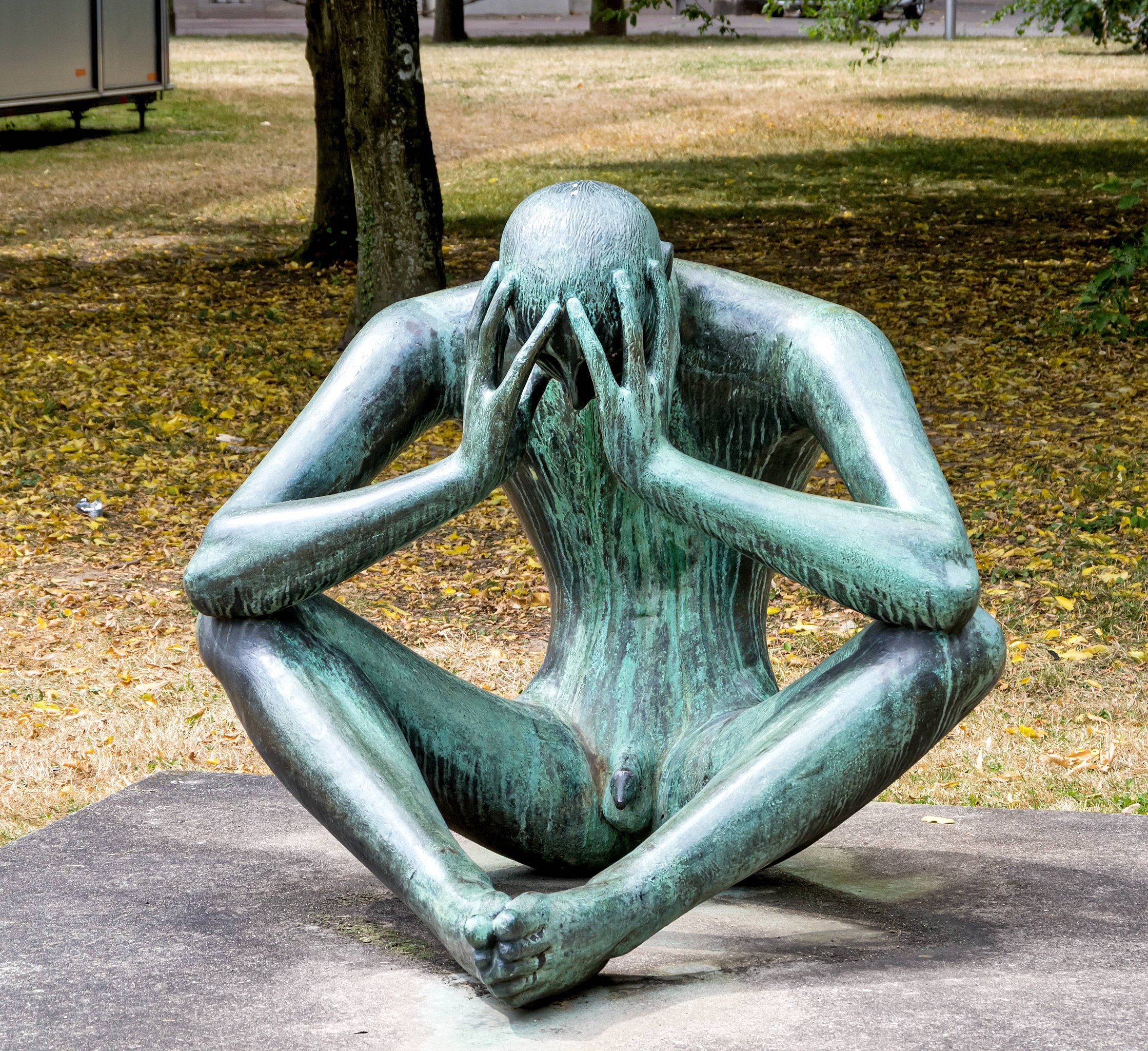
Karl-Heinz Krause is a German sculptor.
Krause survived the war and imprisonment, and began studying sculpture at the Academy of Fine Arts in Berlin in 1947. In developing his style, he always combined the depiction of the human body with the laws of physics (weight - counterbalance) as a form-forming criterion. Thanks to this he achieved a characteristic balance and harmony in his works. In general, Krause's figures resemble living geometric forms in their elegance.
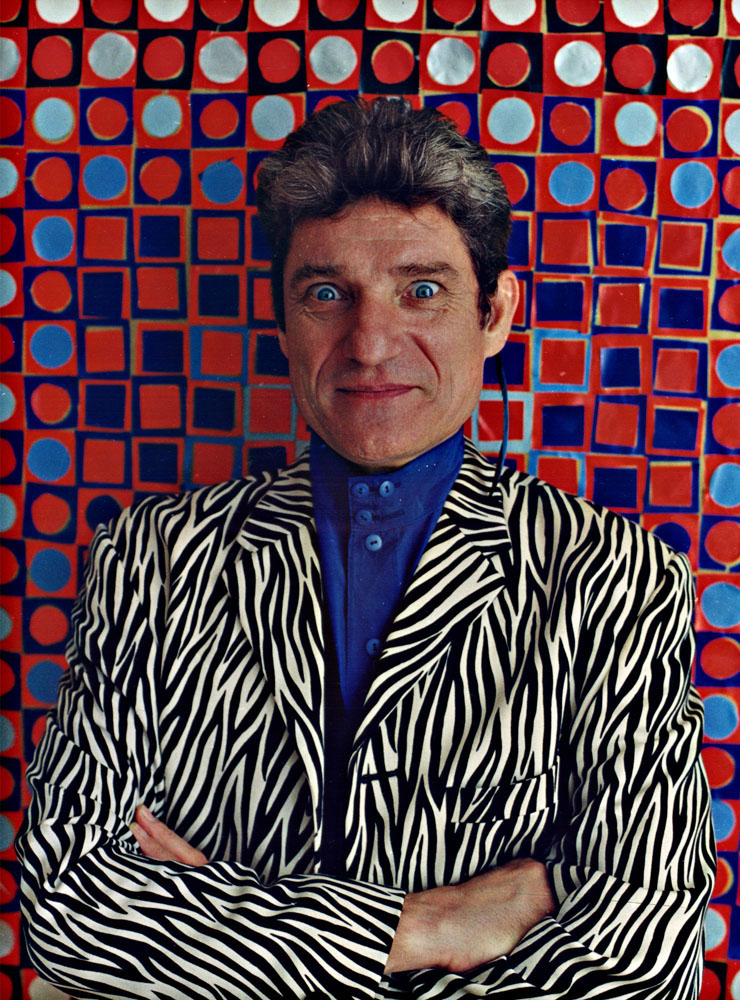
Horst Gläsker is a German universal artist.
Gläsker studied first as a designer, then at the Düsseldorf Academy with Gerhard Richter and K. Götz. Glesker has played a decisive role in shaping the art world of Germany and especially Düsseldorf since the 1980s. His work is a symbiosis of music, dance, theater, drawing, painting, sculpture, installation and architecture. This artist blurs the boundaries of art and works across media and disciplines.
Gläsker combines his installations with architecture, for example, like his works in public spaces in Frankfurt, Oberhausen and Erfurt. In another direction of his work, the artist combines various paintings with photography and creates photographic paintings. In this process he also collaborates with renowned photographers.
Horst Gläsker has worked as a professor at the Kunstakademie Münster, the Braunschweig University of the Arts and the Kassel Art College. Since 2006 Glesker lives in Düsseldorf and is a member of the Association of German Artists.
